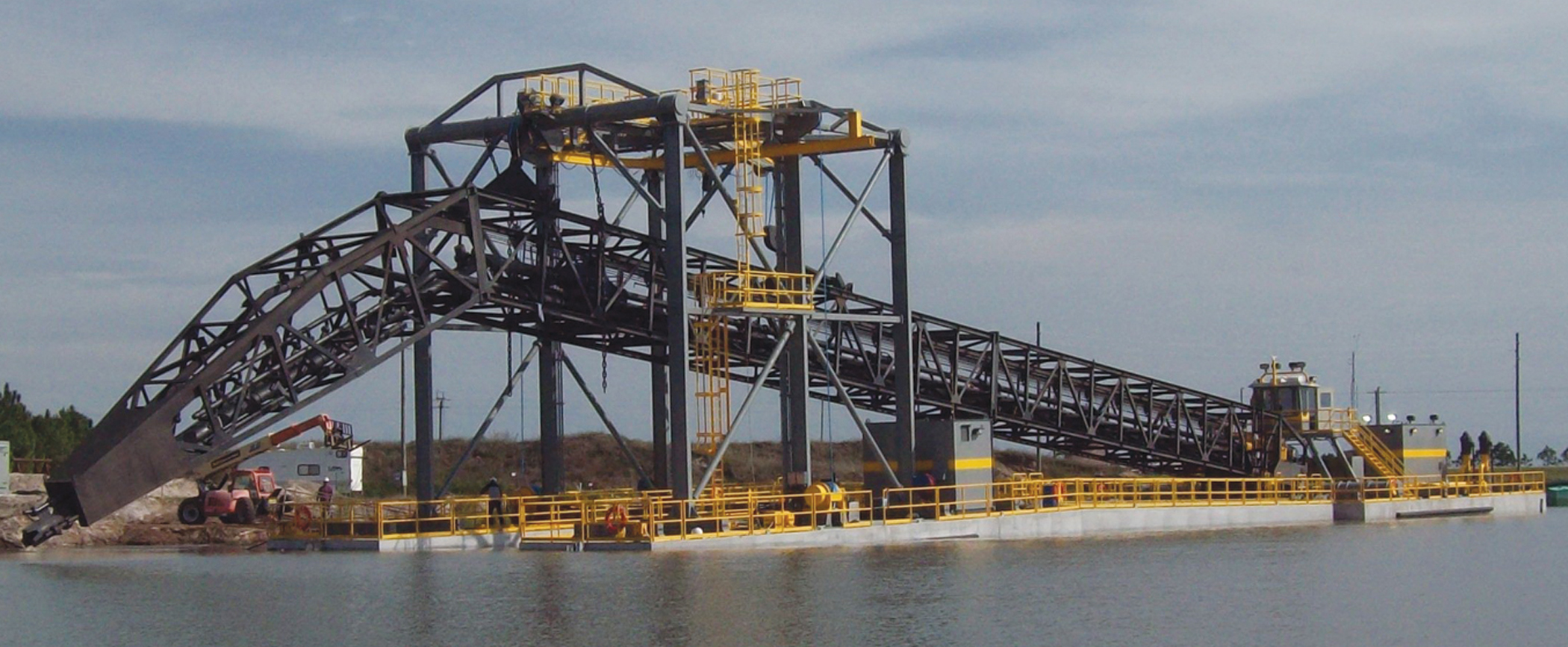

The concrete used to construct shopping malls, offices, and apartment blocks, along with the asphalt we use to build roads connecting them, are largely just sand and gravel glued together. It is the primary raw material that modern cities are made from. Trivial though it may seem, sand is a critical ingredient of our lives. They are some of the latest casualties in a growing wave of violence sparked by the struggle for one of the 21st Century’s most important, but least appreciated, commodities: ordinary sand. Though separated by thousands of miles, these killings share an unlikely cause. A Mexican environmental activist murdered in June. Two Indian villagers killed in a gun battle in August. Source: Historic Sites and Monuments Board of Canada, Minutes November 1987, June 1997 Commemorative Integrity Statement, August 1999.A South African entrepreneur shot dead in September. 4 lies in its association with Klondike gold mining and in its illustration of the process of bucketline sluice dredging used by corporations to mine placer gold in the Klondike Gold Fields in the 1899-1966 period. It has since been preserved as a National Historic Site.

There, it sank on its present site in 1959. From September 1941 to the fall of 1958 it mined Bonanza Creek. All of its major mechanical components were refurbished by the Yukon Consolidated Gold Corporation and encased in a new wooden hull and superstructure built on Bonanza Creek. It was dismantled when paying gravels ran out in 1940. to mine the gravels of the Klondike River Valley. 4 was constructed in 1912-13 by the Canadian Klondike Mining Co. 4 was declared a National Historic Site of Canada as symbolic of: the importance of dredging operations in the Yukon (1899-1966), and aspects of the evolution of gold mining in the Klondike from early labour-intensive to later corporate industrial phases of gold extraction.


 0 kommentar(er)
0 kommentar(er)
